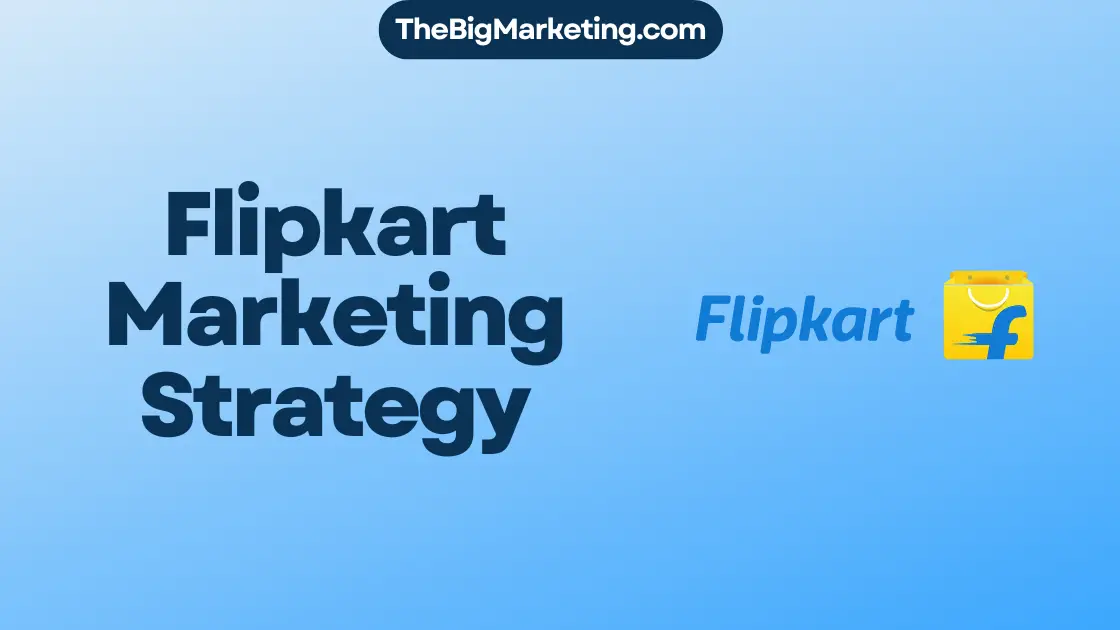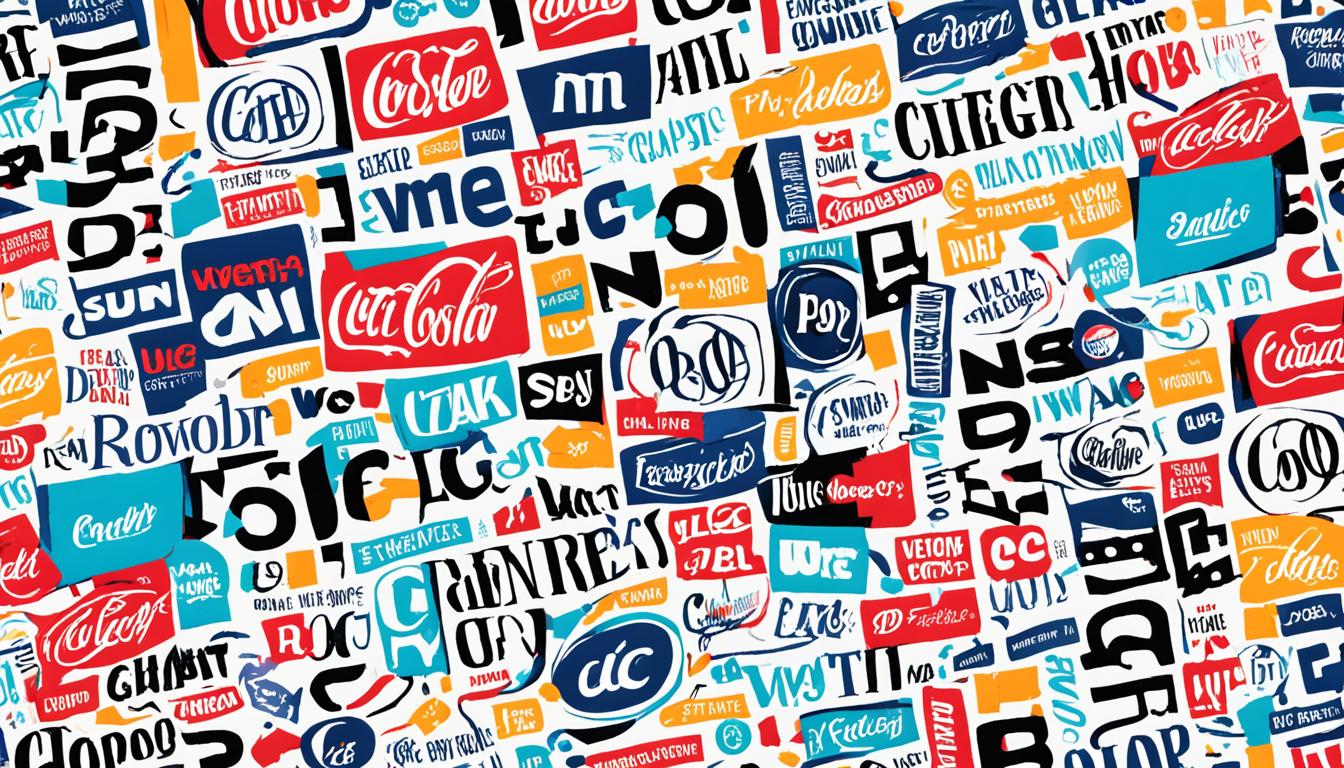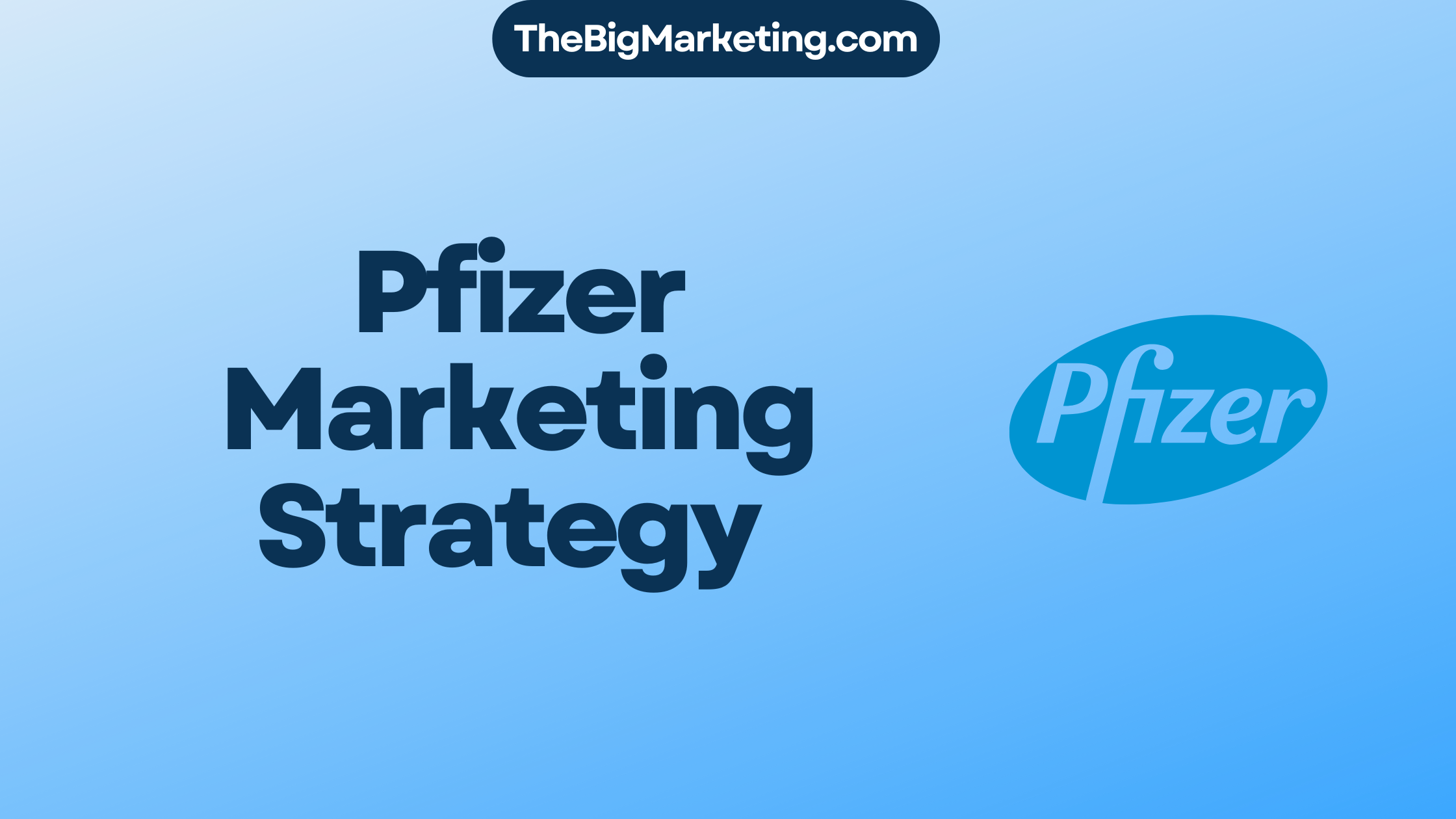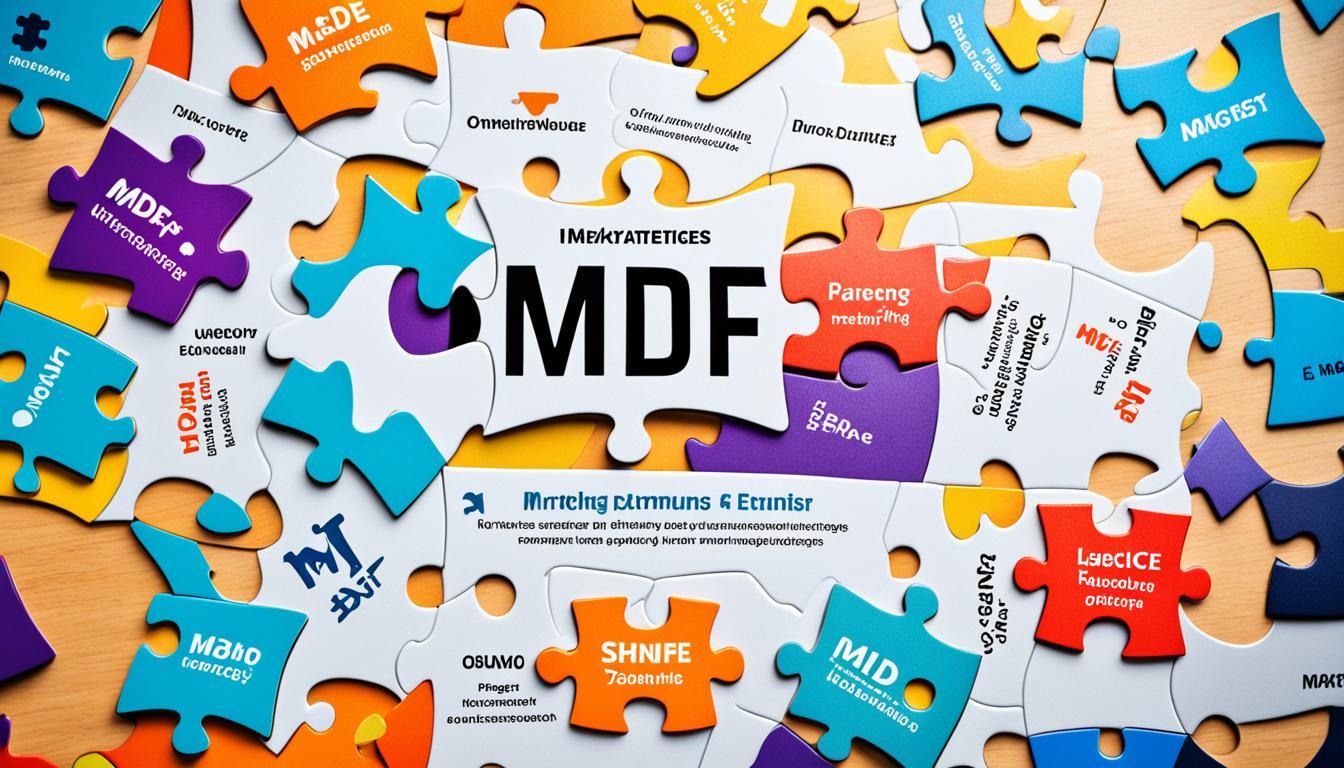The product life cycle (PLC) is how a product moves from being new to finally declining. Marketers and managers use it to decide on ads, prices, growth, and changes. There are four parts: introduction, growth, maturity, and decline.
At the start, companies spend on ads to tell people about the new product. Then, in the growth stage, more people want it, boosting production. Next, the maturity stage brings the most profit by lowering costs. Lastly, sales drop in the decline stage because of competition or too many similar products.
Key Takeaways:
- PLC Marketing is about understanding the different stages a product goes through in its lifecycle.
- Companies invest in advertising during the introduction stage to create awareness.
- The growth stage sees increased demand and production.
- The maturity stage is the most profitable with reduced costs.
- The decline stage occurs when sales start to drop due to competition or market saturation.
What is the Product Life Cycle?
The product life cycle is key in marketing and business. It shows the journey of a product from the start to its end in the market. Knowing this cycle helps with decisions on pricing, promoting, and when to expand. Let’s look at the life cycle’s four phases: introduction, growth, maturity, and decline.
Introduction Stage
The first phase is the introduction stage. Here, new products meet the market and people learn they exist. Companies spend a lot on marketing to build awareness and boost sales. Managing the product’s lifecycle well is vital for a good start.
Growth Stage
In the growth stage, demand and sales rise. As people get to know the product, it gains popularity and market share. Companies work to reach more customers, widen distribution, and increase production. Good lifecycle management means scaling up and marketing well to keep growing.
Maturity Stage
The maturity stage is when profits peak. Yet, sales grow slowly as the market fills up and competition gets tough. Companies aim to stay profitable by cutting costs. Managing the product now means finding new uses, keeping customers loyal, and exploring new markets.
Decline Stage
The decline stage is the end of the cycle. Sales fall as markets change, tastes switch, or new products appear. Companies might stop selling the product or try to refresh it. Good management now looks into why sales dropped and explores new markets or updates.
Understanding the product life cycle is crucial for marketers and managers. It guides pricing, promotion, and expansion strategy at each product stage. By managing the cycle well, businesses can stay profitable, adapt to changes, and remain competitive.
How the Product Life Cycle Works
The product life cycle is an important process that impacts a product’s success. It involves several stages. By knowing these stages, companies can plan better and make more money.
1. Product Development and Research
The journey starts with an idea and research and development (R&D). Companies think up and design products. They study the market to know what people want. R&D involves creating prototypes, testing, and improving the product.
At this point, it’s crucial to look at market needs, competition, and technology. Aligning the product with trends and customer wishes helps in staying ahead.
2. Introduction
After the development, the product enters the market. This is the introduction stage. The goal is to make people aware and get initial sales.
Companies spend a lot on marketing to catch potential customers’ eyes. They use demonstrations, PR, and online ads to make a strong start.
3. Growth
After the introduction, the product grows. Demand and sales go up. Companies work to get more market share and reach new customers.
As the product becomes popular, meeting the increasing demand is key. Companies may improve manufacturing and supply chains to make more profit.
4. Maturity
Then, a product reaches its maturity stage. Here, sales level off because many people have the product. The market is full.
Now, the focus is on keeping customers and standing out from competitors. Companies might diversify products or enhance customer service to keep the product relevant.
5. Decline
The last stage is decline. Sales drop due to market saturation or new technology. Preferences also change.
Companies need to decide if they should keep selling the product. Sometimes, it’s better to stop or change strategies to meet new market needs.
| Product Life Cycle Stages | Key Characteristics | Strategies |
|---|---|---|
| Introduction | – Product launch | – Targeted marketing campaigns – High initial investment |
| Growth | – Rapid increase in demand | – Expand market share – Optimize production capacity |
| Maturity | – Stable sales | – Product diversification – Enhance customer loyalty |
| Decline | – Sales decrease | – Evaluate product viability – Discontinue or adapt strategies |
Knowing the product life cycle is vital for companies. It helps them decide how to use resources, market, and develop products. By adjusting strategies for each stage, businesses can make more money and stay ahead.
Advantages of Using the Product Life Cycle
The product life cycle is very useful for marketers and business developers. It helps them manage their products well and make smart decisions.
1. Allocation of Resources
This process shows where each product stands in the company. So, resources can be put where they are needed most. For example, more marketing money can be spent on new products to boost sales. This makes sure the company gets a good return on its investments.
2. Cost-Cutting Opportunities
By studying the product life cycle, businesses can save money. When a product moves from start to maturity, costs for making and marketing it can be reduced. This saves money, making the company more profitable and competitive.
3. Pricing Strategies
The cycle helps businesses price their products right. Early on, prices might be higher to cover the initial costs. As more people buy the product, prices can change based on the demand. Later, prices may go down to keep customers interested.
4. Effective Promotion
Knowing the cycle helps create better ads for each stage. In the beginning, ads create excitement and interest. Then, the focus shifts to keeping customers happy and getting more of the market share.
This concept pushes for product improvements based on what customers want. It stops old products from taking up space in the market. This leads to economic growth and makes industries more competitive.
Considering these benefits, using the product life cycle is key. It helps marketers and business developers improve their strategies, work more efficiently, and stay leading in a fast-changing market.
Limitations of Using the Product Life Cycle
The product life cycle is a good way to see how products do in the market. But it has its limits. Knowing these helps in making smart business choices.
The life cycle might not fit every product or industry. For example, drugs or technology products have special rules or patents. These can change how a product grows or declines in the market.
Also, products don’t all follow the life cycle the same way. Some stay popular for a long time. Others lose interest fast because of things like too much competition or changes in what people want.
Planned obsolescence is another issue. This is when companies make products that will need replacing on purpose. It can shorten a product’s life in the market on purpose.
Businesses need to think about these limits when they look at product life cycles. Using the life cycle with other research methods gives a fuller view of how a product is doing.
The Product Life Cycle vs. BCG Matrix
The BCG Matrix and the product life cycle are key tools in marketing. They help figure out a product’s place in the market. They focus on market growth and share, but from different views.
The life cycle looks at stages from when a product starts to its decline. It groups products by their life cycle stage. This helps companies plan their strategies. But, this does not dive into market growth or share.
The BCG Matrix, however, sorts products by their growth rate and how they stack up against competitors. It has four groups: stars, cash cows, question marks, and dogs. Stars are in rapid growth and have much of the market. Cash cows dominate in slow-growing markets. Question marks could grow if they gain more market share. Dogs don’t perform well in either area.
The Product Life Cycle and Market Growth
The product life cycle and the BCG Matrix both shed light on market growth. Yet, they do so differently. The life cycle tracks a product’s growth from start to finish. The Matrix looks at how fast a product’s market is growing compared to others.
In the beginning and growth stages, market growth is usually high. This is when businesses work to get their product known. In the BCG Matrix, these are question mark products. They’re in growing markets and could become stars with more market share.
The Product Life Cycle and Market Share
The product life cycle tells us about a product’s market status but not its share. As the product moves through the cycle, its share can change due to competition. The BCG Matrix, on the other hand, sorts products by their market share. Products with high market share are stars or cash cows. Others with low share are question marks or dogs. This helps companies see where each product stands profit-wise.
| Product Life Cycle | BCG Matrix |
|---|---|
| Focuses on the stages of a product’s life (introduction, growth, maturity, and decline) | Assesses market growth rate and market share |
| Does not provide direct insights into market share | Categorizes products based on market share and market growth rate |
| Highlights overall product growth throughout its life cycle | Allows companies to identify stars, cash cows, question marks, and dogs based on their market share and market growth rate |
Importance of the Product Life Cycle
The product life cycle is key for marketing decisions, resource planning, and long-term strategy. It helps businesses make smart choices to boost their performance.
In marketing, understanding the product’s life cycle aids in crafting effective ads, pricing, and packaging. This knowledge helps businesses improve results and connect with consumers better.
Resource management is also influenced by the product life cycle. Companies can use this information to use their budget and staff more wisely. For example, more funds might go into marketing a new product. Later, focus shifts to maintaining customer loyalty and efficient production.
Long-term planning benefits from insights into the product life cycle. Knowing the stages, businesses can plan new products or expansions at the right time. They can also decide when it’s time to retire old products for something better.
This cycle also aids in targeting customers better and standing out from the competition. Companies can tailor their marketing and product features to match the cycle stage. This helps them attract the right audience and offer something unique.
Example: Marketing Decision-Making at Different Stages of the Product Life Cycle
Consider a smartphone company. Early on, it spends a lot on advertising to get the product known. Later, it aims to grow its market share with targeted campaigns and smart pricing. To keep customers interested, it might add new features. If the product starts to decline, the company will focus on newer items.
By matching marketing, resources, and planning with the product life cycle, companies can excel and lead in their markets.
Breaking Down the Product Life Cycle Theory
The product life cycle theory was created by Raymond Vernon. It shows the stages a product goes through in markets around the world. These stages are development, introduction, growth, maturity, saturation, and decline. Now, we will look closer at each stage to understand the product life cycle better:
Development
The development stage is key because it involves a lot of research and making prototypes. Companies spend a lot of time and resources. They do this to make sure the product will do well in the market and people will like it.
Introduction
In the introduction stage, the product is brought into the market for the first time. Companies work hard on marketing to let potential customers know about it. This early stage is very important for the product’s future success.
Growth
During the growth stage, more and more people want the product and sales go up. Companies increase how much they make and send out to keep up with the demand. This time is marked by getting a bigger share of the market and making more money.
Maturity
The maturity stage is when the product has been around for a while. Sales even out and there’s a lot of other similar products around, which means tough competition. Companies try to keep their spot in the market by making their product different or adding new features. They also focus on cutting costs to keep earning money.
Saturation
Saturation is when there are too many similar products out there. The competition gets really fierce and it’s hard to grow. Companies need to think of new ways to stay noticeable and keep customers interested.
Decline
The decline stage is when sales start to drop because the product isn’t as popular anymore. This could be because there are too many options out there or something newer and better has come along. Companies have to decide if they should try to make the product popular again or if they should stop selling it.
It’s very important for businesses to understand the product life cycle theory. Knowing what happens at each stage and the challenges involved helps companies to come up with good strategies. This way, they can make sure their product does well in the market for as long as possible.
Conclusion
The product life cycle is key in PLC marketing. It helps marketers and business developers make smart choices at every stage. Knowing the cycle stages lets companies use resources wisely. They can then invest in marketing smartly and plan for what’s ahead.
Looking at the product life cycle helps firms fine-tune their marketing. They can meet the unique needs of each stage. This way, they remain agile in changing markets, stay ahead of rivals, and make savvy business moves in the automation sector.
By using the product life cycle, marketers craft plans that hit the mark. They ensure products meet customer needs and communicate their benefits well. This boosts customer happiness, sets businesses apart, and strengthens their market position.







